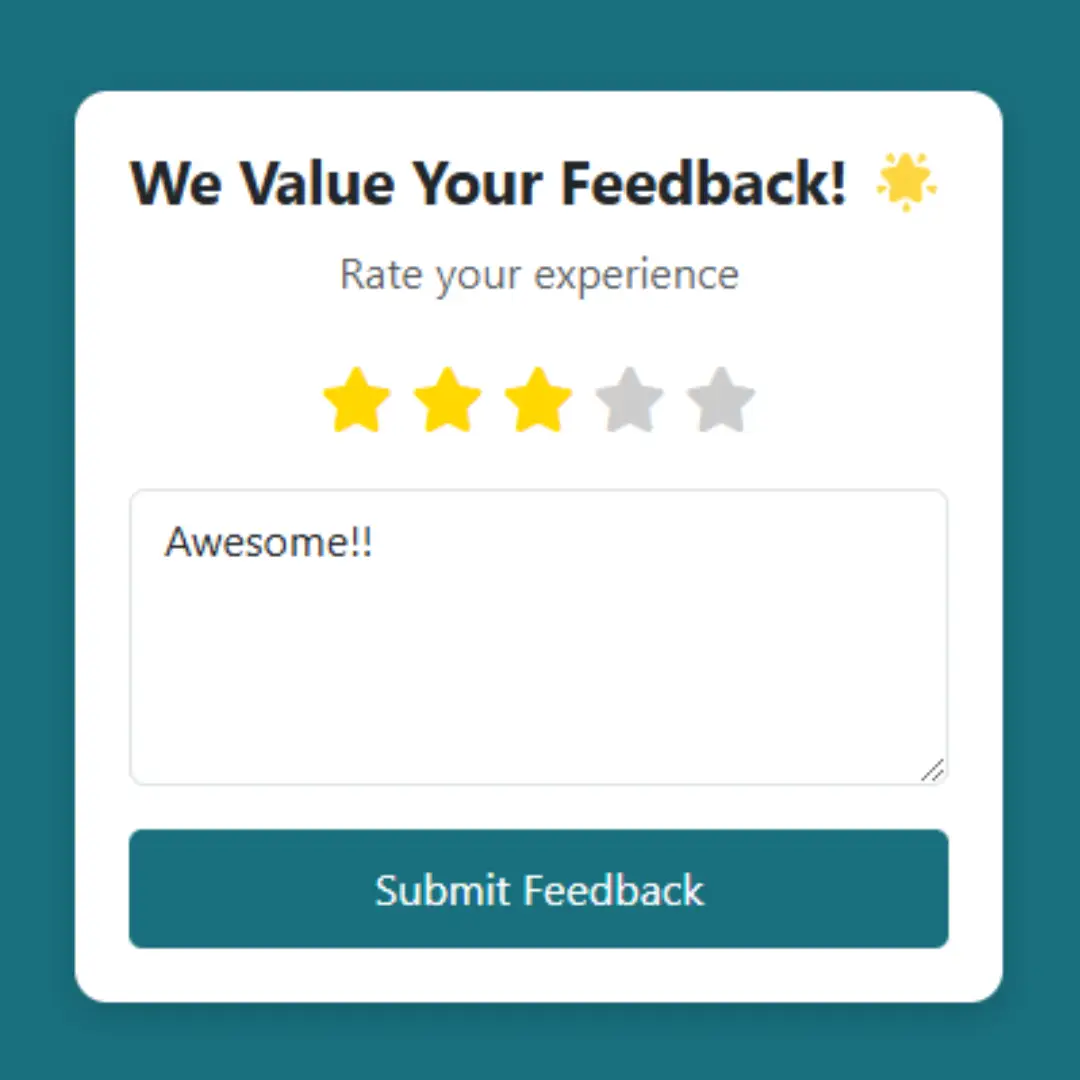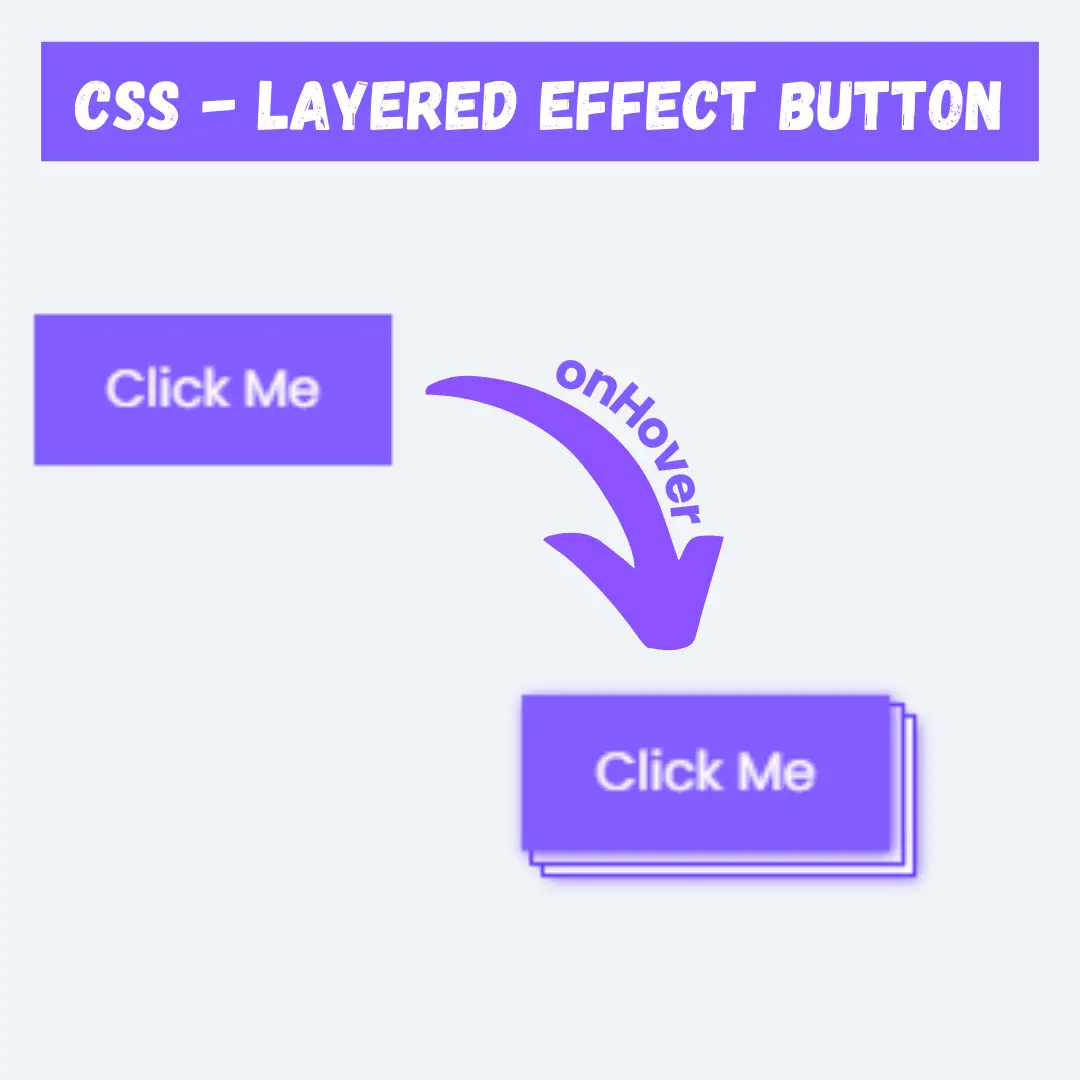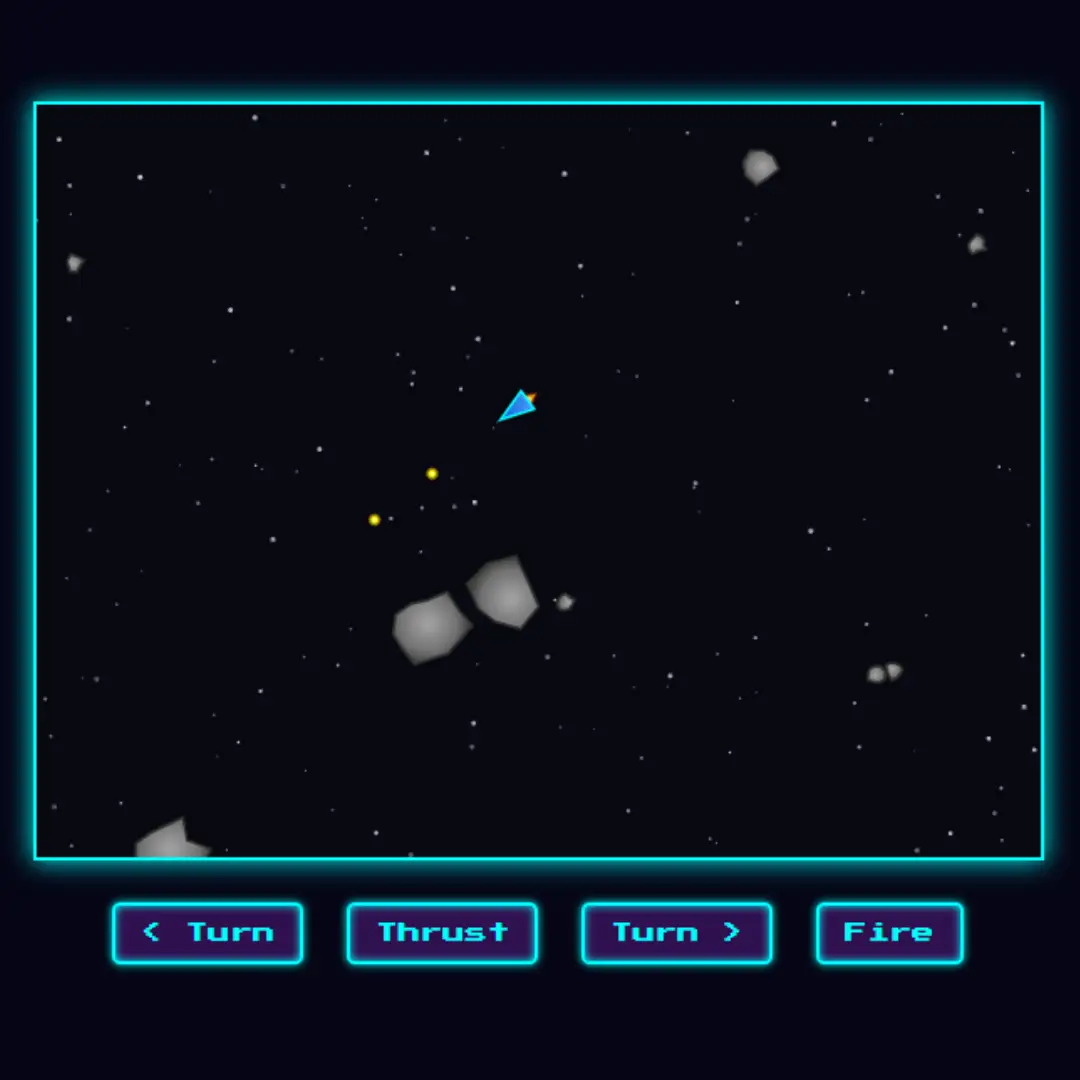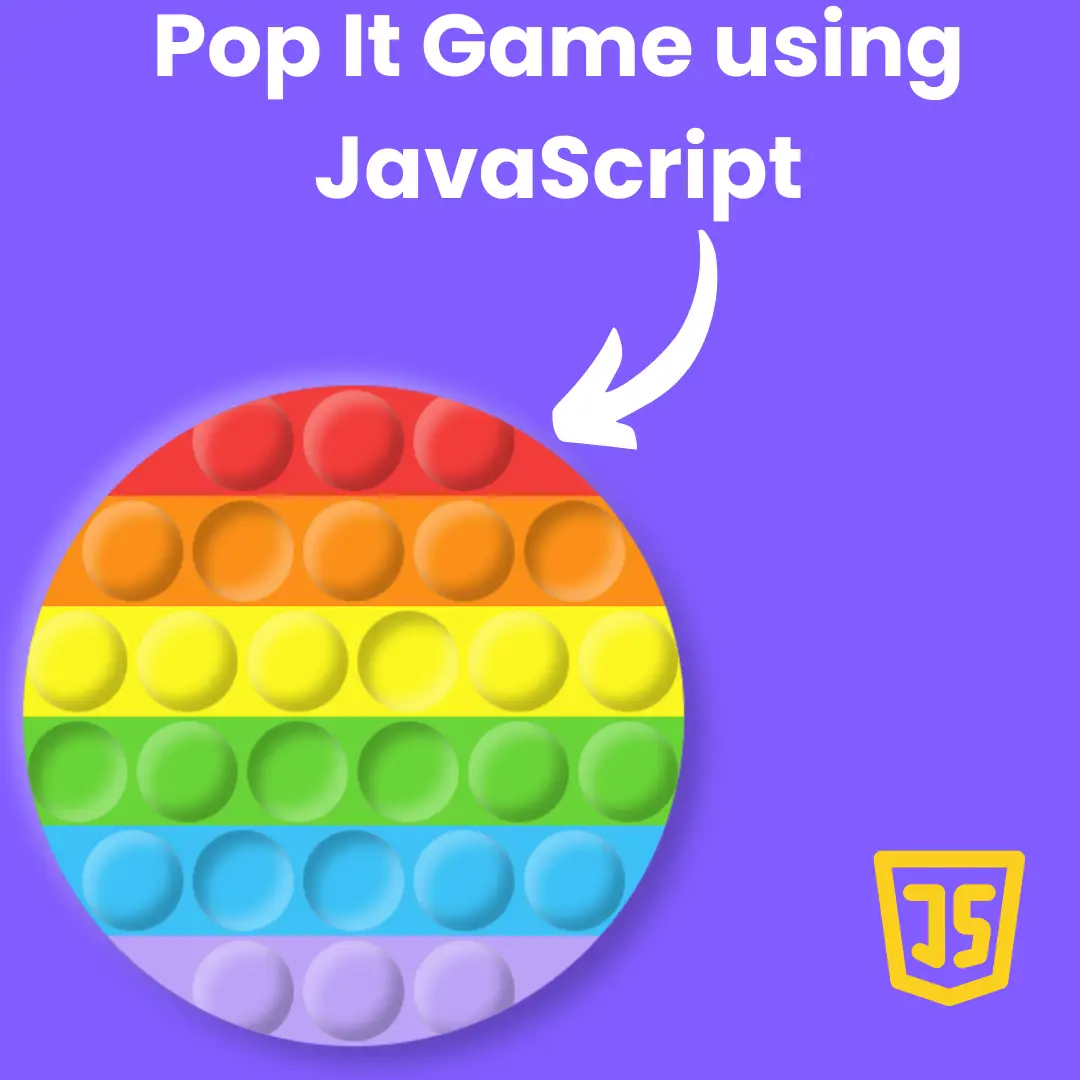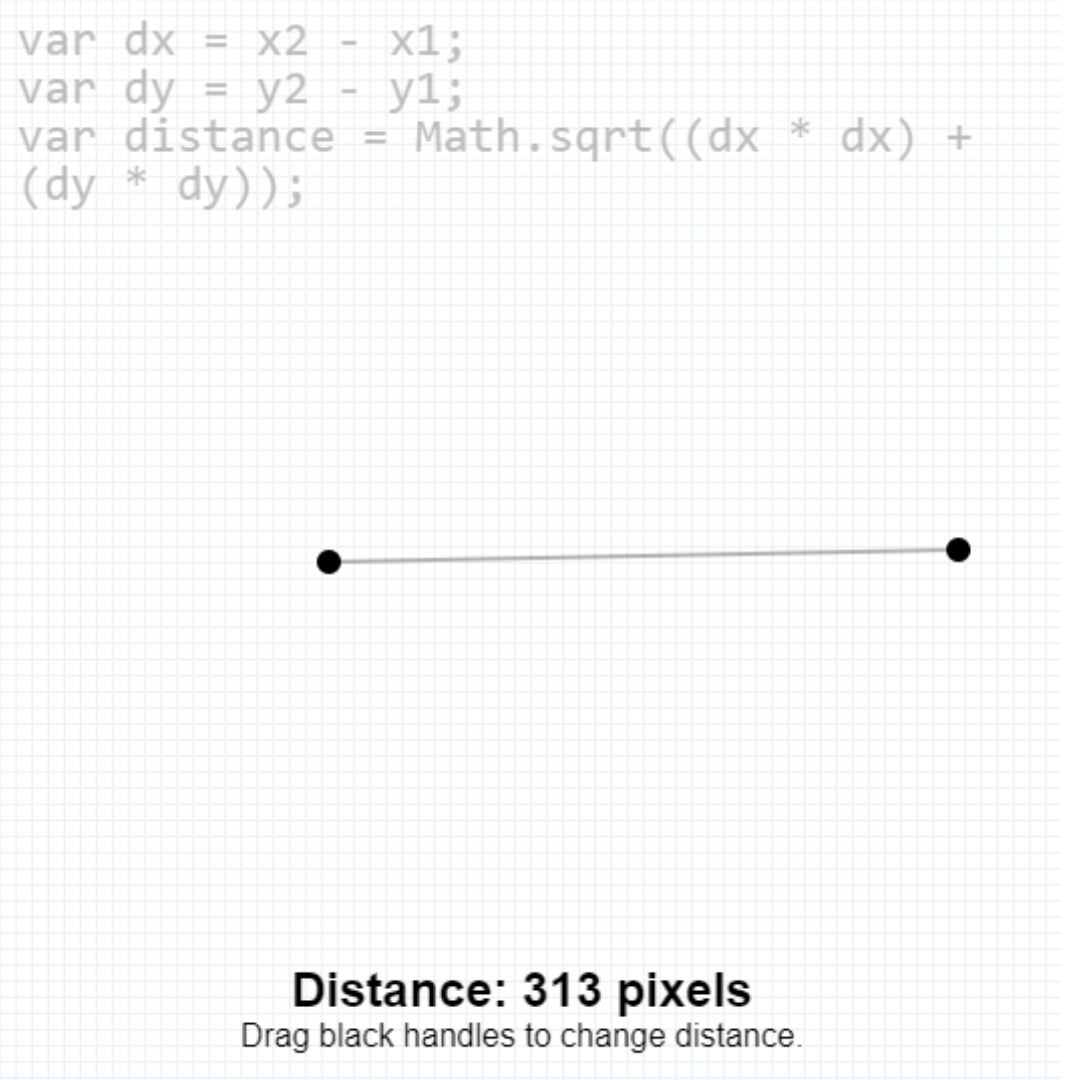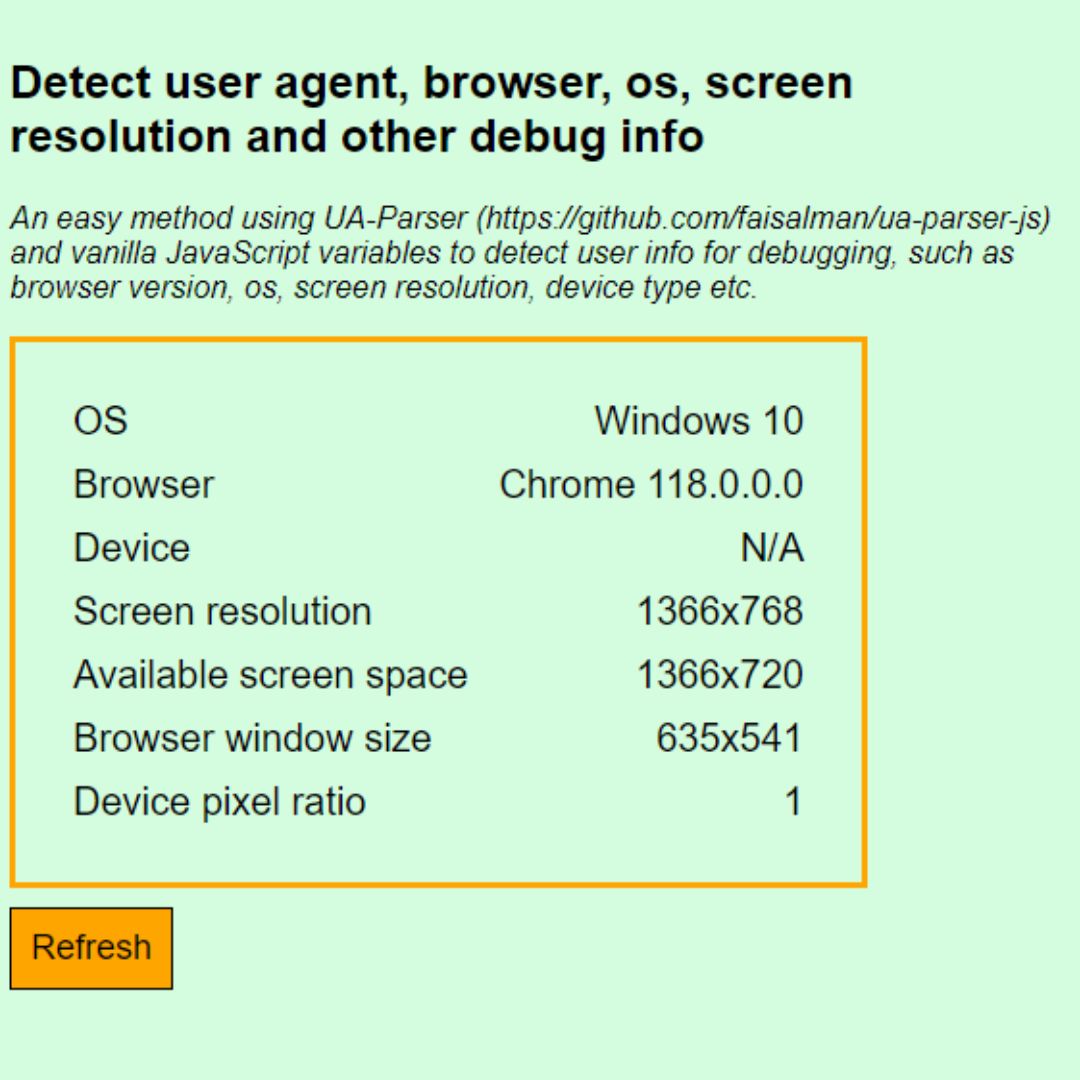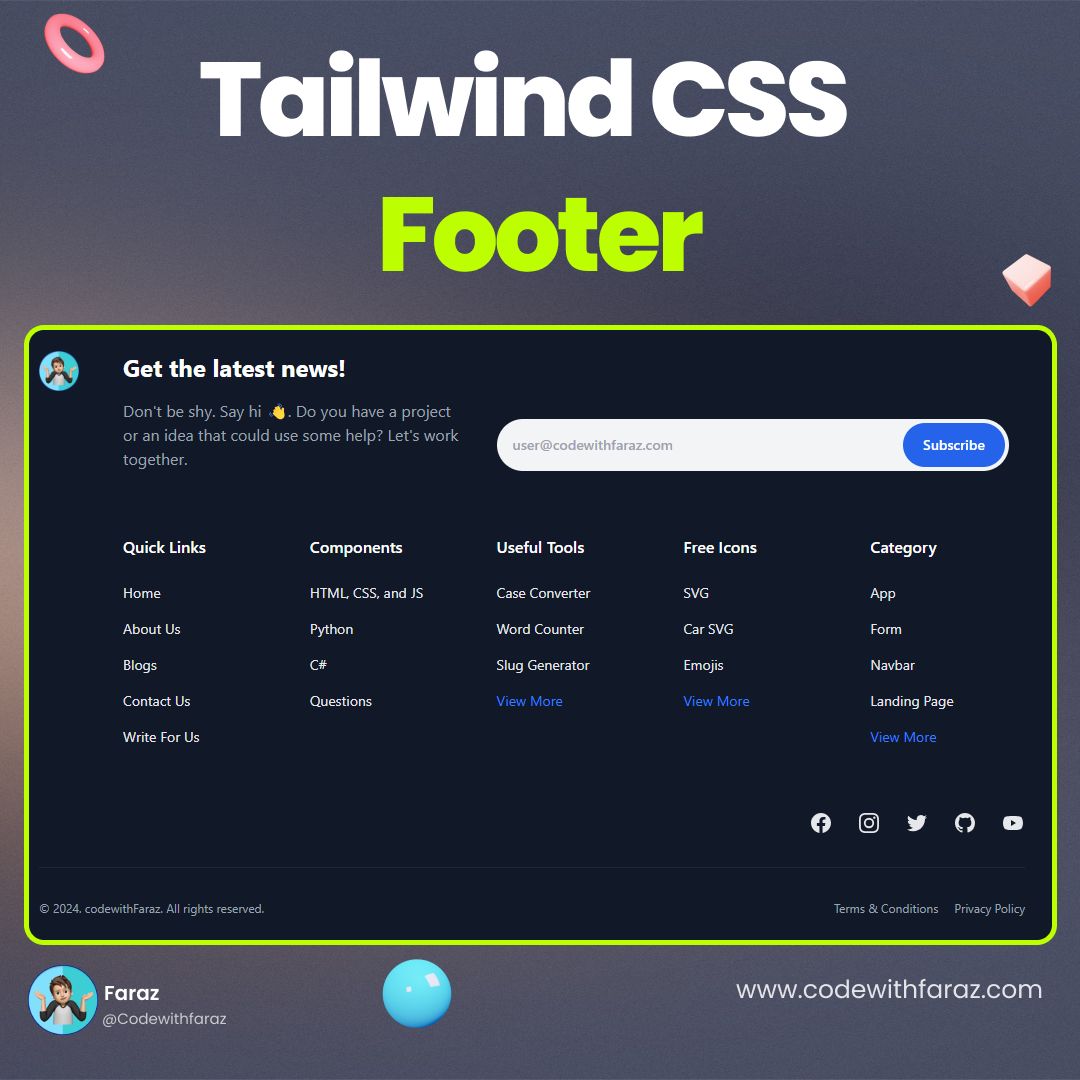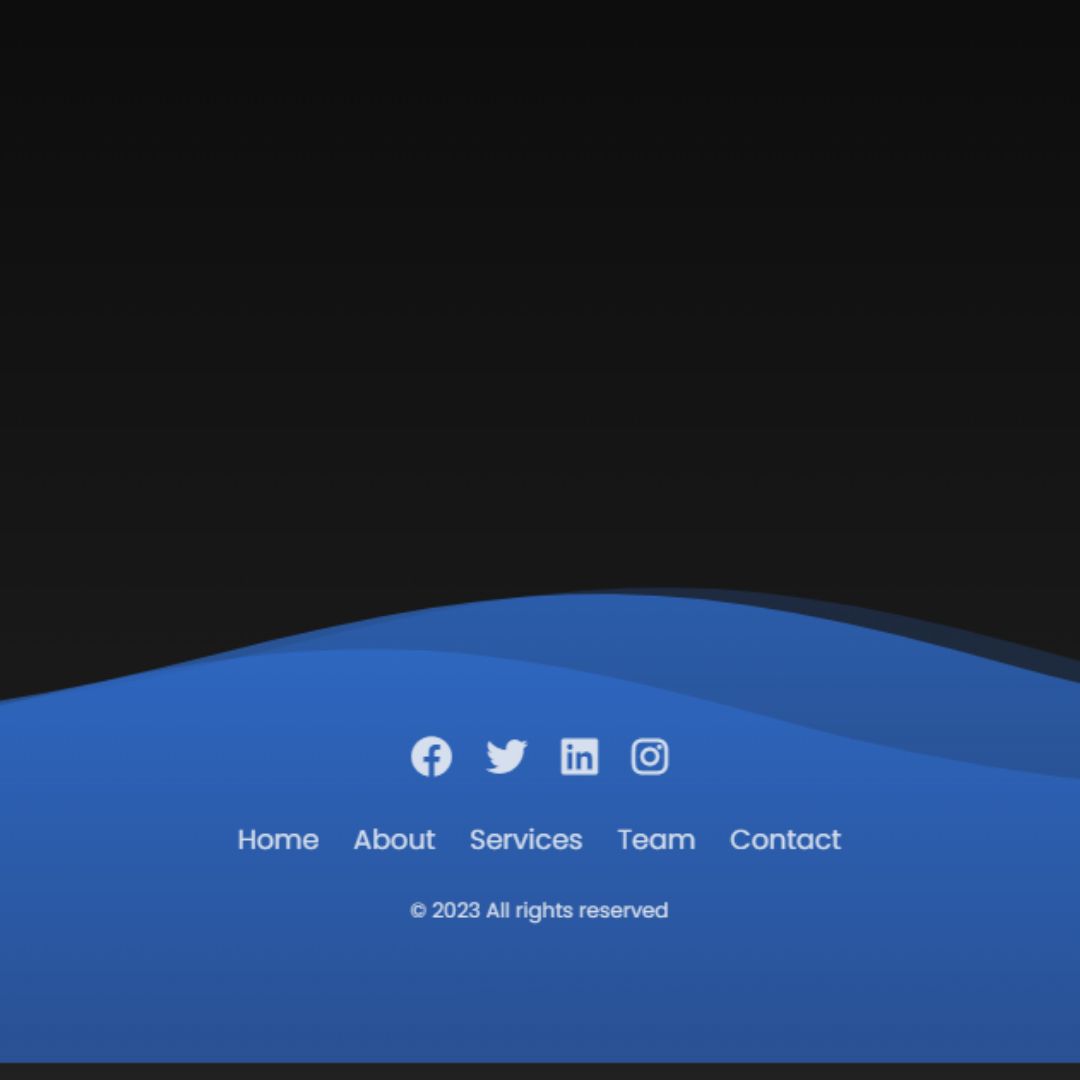In order to develop any computer program, you need an understanding of some basic programming principles. This article discusses these principles and explains why C is a powerful language to implement them in.

If you're looking for an in-depth guide to the C programming language, you're out of luck. However, if you want to learn some basics about how programming works and what tools are available to you, this is the blog for you. This blog will introduce you to the basic syntax of the C programming language, and show you how to use some of its most common tools.
In addition, we'll discuss a few aspects of C that may be of interest to developers. So whether you're a beginner or an experienced coder, be sure to check out our blog!
What is C?
C is an imperative, statically typed, compiled programming language that was designed in the 1970s by Brian Kernighan and Dennis Ritchie. C has been used to create everything from small programs to massive systems; it is one of the most widely used languages in the world.
C is a critical language for software development. It provides a wide range of functionality, including: data processing, system programming, network programming, and graphical user interface (GUI) development.
In general, C is used for systems programming and network programming; however, it also has a large number of libraries that are useful for many other tasks. For example, the Standard Template Library (STL) is available as a library in C. It provides an easy way to create reusable code elements for software development.
C is also used for GUI development. This includes developing applications that display information on screens, such as Windows applications or Mac OS applications. In addition, C is used to create tools such as debuggers and profilers. These tools can help developers to find and fix problems in their applications.
Some of its key features include:
1. The C programming language is compiled directly to machine code, which allows you to quickly develop dynamic and robust software applications.
2. Structured programming: C provides support for structured programming, which means you can create code that is easy to read and maintain. This helps ensure that your code is consistent and avoids any potential errors.
3. Low-level control: C allows you to access the underlying hardware components of computers more easily than other languages. This makes it ideal for tasks such as developing secure software or debugging complex problems.
Benefits and Uses of C
Here are some of the benefits and uses of C:
- C is fast and efficient, making it a good choice for applications that need to run quickly.
- C is easy to learn, making it a good choice for beginners who are looking to explore programming.
- C can be used to create programs that are portable, meaning they can be used on a variety of platforms.
- C can be used to create programs that are secure, making them resistant to attack.
Pros and Cons of C
While it has its pros, it also has certain cons that should be taken into account before making a decision. Here are some of the pros and cons of C:
Pros
- C is versatile and can be used for a variety of purposes, including system programming, application programming, and data processing.
- It is relatively fast compared to other languages and can handle larger programs.
- It has a well-defined standard library that provides many functions and libraries.
- C is known for its reliability and stability.
Cons
- C is not as user friendly as some other languages, and may require more knowledge and experience to use than other languages.
- It is difficult to learn for beginners, so it may not be the best choice for first time programmers.
Why is C important for the development of computer systems?
Computer systems are composed of a variety of different components, including processors, memory, storage devices, and input/output (I/O) devices. The processor is the heart of a computer system and is responsible for executing the instructions of the operating system (OS). The OS is responsible for controlling how the computer system behaves, including how it interacts with other hardware and software components.
C is an important language for the development of computer systems because it enables developers to write code that is portable across a variety of different platforms. C also provides developers with powerful features, such as memory management and I/O control. C is used in a wide range of applications, including desktop and server systems, networking devices, and mobile apps.
What are some common C programming task?
C is a critically important programming language that is used in a wide variety of software development tasks. Common C programming tasks include:
- Creating software modules
- Developing applications
- Writing low-level code
- Debugging programs
Conclusion
If you're like most computer professionals, you've probably heard of C but don't really know what it is or why it's important. In this article, I'll explain what C is and why it's so important for the development of computer systems. I'll also show you some code examples that use C to demonstrate how it works. So whether you're a tech enthusiast curious about the inner workings of your favorite programming language or just want to get a better understanding of how computers work, read on!
That’s a wrap!
Thank you for taking the time to read this article! I hope you found it informative and enjoyable. If you did, please consider sharing it with your friends and followers. Your support helps me continue creating content like this.
Stay updated with our latest content by signing up for our email newsletter! Be the first to know about new articles and exciting updates directly in your inbox. Don't miss out—subscribe today!
If you'd like to support my work directly, you can buy me a coffee . Your generosity is greatly appreciated and helps me keep bringing you high-quality articles.
Thanks!
Faraz 😊






